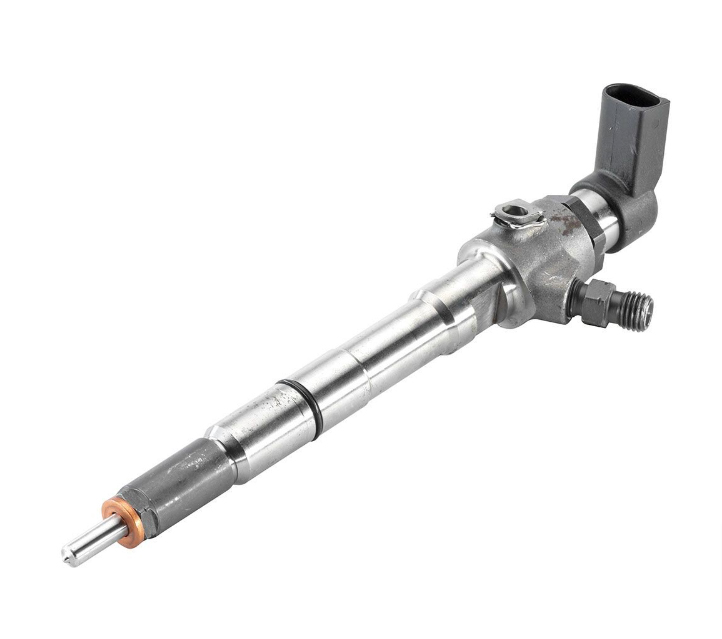
The picture of the injector is taken from the website buycarparts.co.uk
Experiencing a loss of power in your vehicle can be both frustrating and concerning. It’s crucial to understand how to properly diagnose these issues to keep your vehicle running smoothly and safely. This post will guide you through identifying common problems that cause power loss, with a focus on the role of spark plugs and injectors, and how to address them.
Understanding the Symptoms
The first step in diagnosing power loss is to recognize the symptoms. These can include:
- Reduced acceleration
- Higher fuel consumption
- Engine misfiring or stuttering
- Unusual noises from the engine
- Warning lights on the dashboard
Diagnostic Approach
If you’ve noticed the above symptoms, the next step is to check a few things:
- Check Engine Light: If this light is on, it’s a clear indicator that something is amiss. Using an OBD-II scanner can help you retrieve diagnostic trouble codes (DTCs) that pinpoint the issue.
- Visual Inspection: Look for obvious signs of wear and tear or damage. Check for loose connections, worn belts, or visible leaks.
- Fuel System Check: Clogged fuel filters or malfunctioning fuel pumps can lead to insufficient fuel supply, causing power loss.
- Air Intake System Inspection: A blocked air filter or air intake system can starve the engine of the air needed for the combustion process.
Spark Plugs and Injectors: The Heart of the Matter
Spark plugs and injectors play a pivotal role in your vehicle’s power and efficiency.
Spark plugs are responsible for igniting the air-fuel mixture in the combustion chamber. Worn or fouled spark plugs can lead to misfiring, reduced fuel efficiency, and power loss. Signs of bad spark plugs include difficulty starting the car, engine misfiring, and increased exhaust emissions.
Fuel injectors, in turn, spray fuel into the combustion chamber. Clogged or faulty injectors disrupt this process, leading to poor fuel economy and reduced power. Symptoms of injector problems include a rough idle, engine knocking, and increased fuel consumption.
Solving the Puzzle
After identifying the problem, the next step is solving it:
- For Spark Plugs: Remove and inspect them. Look for signs of wear, carbon deposits, or damage. Replace if necessary.
- For Fuel Injectors: Use a fuel injector cleaner additive as a first step. If the problem persists, professional cleaning or replacement might be required.
Regularly replacing filters, using quality fuel, and keeping up with scheduled maintenance can prevent many of these issues.
Loss of power in a vehicle can stem from various sources, but focusing on spark plugs and injectors is a good starting point. Regular maintenance, coupled with a keen eye for symptoms, can help you quickly identify and resolve these issues. Remember, when in doubt, consult a professional mechanic to ensure your vehicle is in its best shape, providing you with a safe and enjoyable driving experience.
